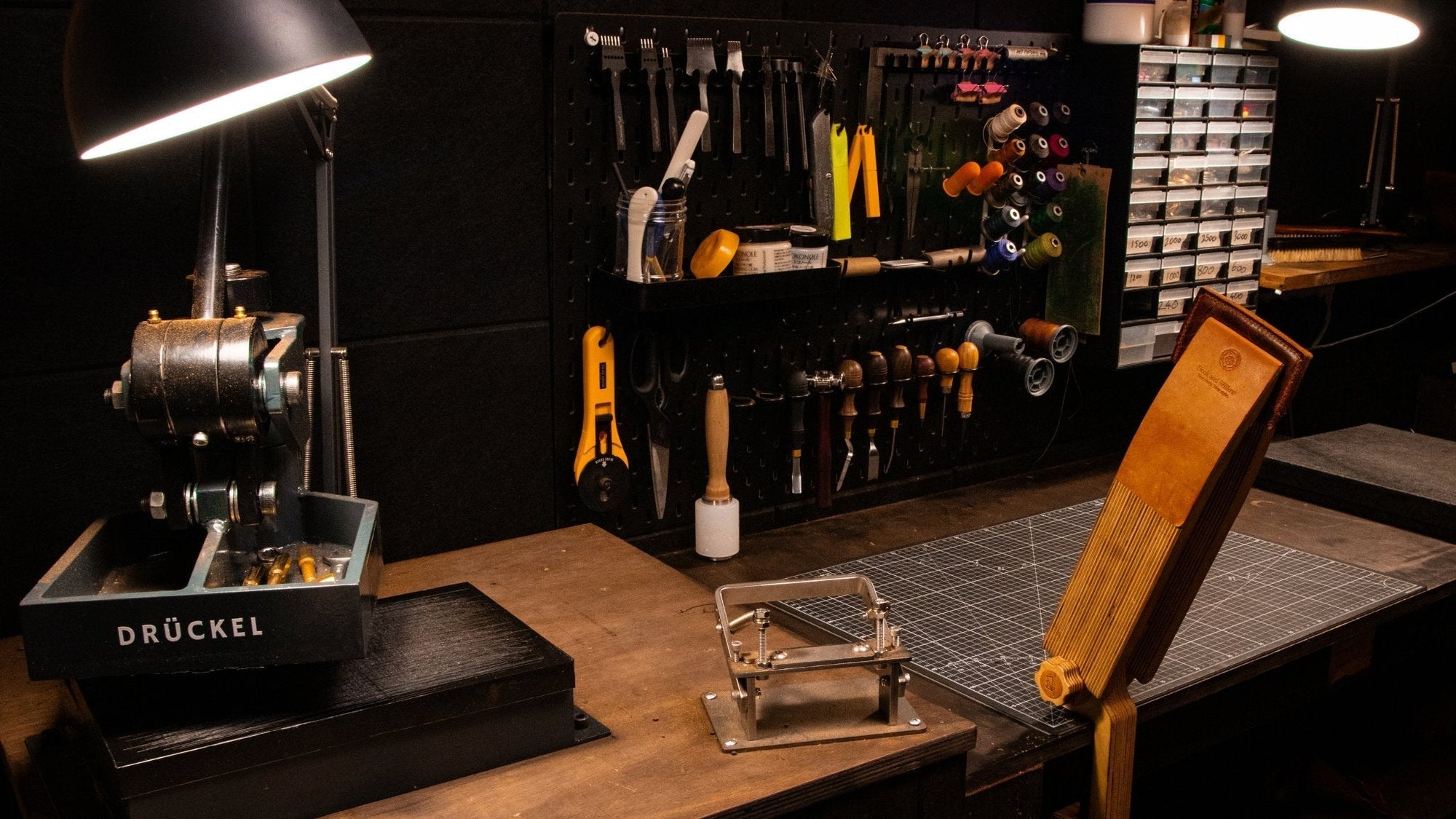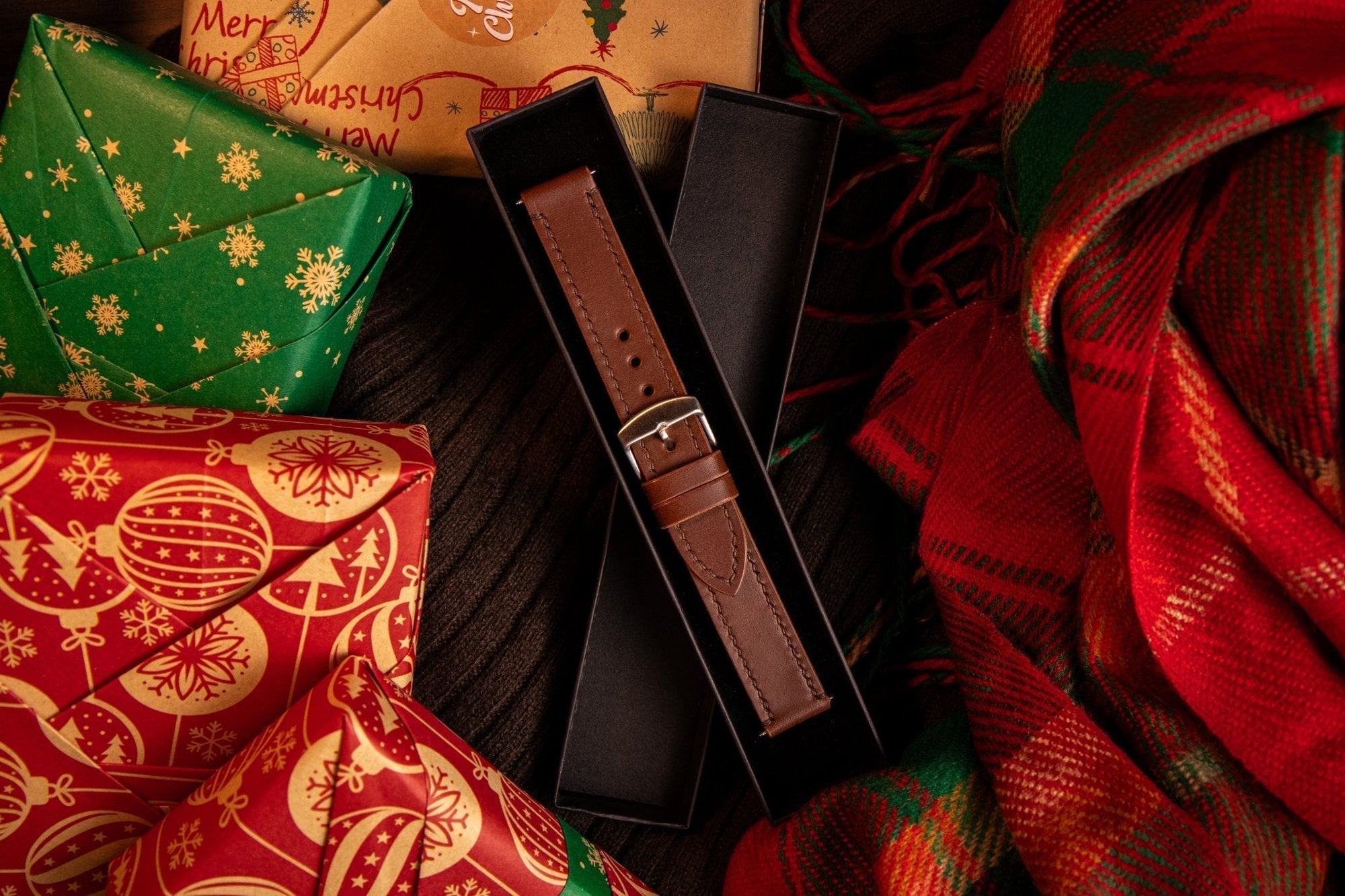My journey into crafting quality leather products began unexpectedly - watching a Norwegian craftsperson bind Harry Potter books in goatskin. There was something magical about how the leather enhanced those beloved stories, and it sparked a passion that would evolve into my craft today.
What I've learned since then has been eye-opening, and perhaps the most surprising discovery was that much of what we think we know about leather quality is shaped by clever marketing rather than truth. That term "genuine leather" stamped on products? It's often a red flag rather than a mark of quality - something my own mother discovered when her "genuine leather" furniture began flaking apart prematurely.
There's something almost indescribable about authentic, high-quality leather products. My customers often tell me they can't quite put it into words, but when they hold one of my pieces, they can feel the difference. It's in the solid weight, the natural aroma that evokes vintage luggage and heritage pieces, and the unmistakable presence that only real leather possesses.
In this guide, I'll share what I've learned about identifying truly quality leather goods - helping you see through marketing tactics and recognise genuine quality when you encounter it.

The Real Story Behind Quality Leather Products
What Your Eyes Can Tell You
Quality leather isn't perfect - and that's exactly the point. When examining a leather product, look for natural variations and markings. These aren't flaws; they're the story of the animal's life written in the hide. You might see subtle scars, evidence of healed bug bites, or varied grain patterns. These marks are particularly visible in full-grain leather, the highest quality available.
Be wary of leather that looks too perfect. If every piece looks identical, with unnaturally consistent graining and no character marks, you're likely looking at heavily processed or artificial leather. Real leather should have subtle variations that make each piece unique.

Beyond the Surface
The true test of quality leather goes beyond what you can see. Quality leather has a distinctive aroma - a rich, natural scent that might remind you of your grandfather's old briefcase. If you detect a plastic or chemical smell, that's a red flag.
The feel of quality leather is unmistakable. It should have a natural warmth to the touch and a texture that's both substantial and supple. If you've only experienced artificial leather before, authentic leather will feel notably different - more robust, more alive. Watch out for any artificial coating that feels plastic-like or too smooth to be natural.

Craftsmanship Tells a Story
In mass-produced items, every stitch is robotically identical - perfect to a fault. With handcrafted leather goods, you'll notice subtle variations that speak to their handmade nature. Maybe one stitch sits half a millimeter closer to the edge than another, or perhaps the grain pattern varies slightly between two identical wallet designs.
These minor variations aren't imperfections - they're signatures of human craftsmanship. As the saying goes, "To be exceptional you have to walk the life of being the exception." This applies perfectly to quality leather products. Each piece should tell three stories: the animal's life written in the hide, the craftsperson's dedication shown in the construction, and eventually, your own story as the piece ages and develops character with use.

Marketing Myths to Avoid
The term "genuine leather" might sound promising, but it's often a red flag. It typically indicates lower-quality leather with artificial coatings that can flake and deteriorate over time. Similarly, be skeptical of "vegan leather" claims. By definition, leather comes from animal hides - anything else is simply artificial material with leather-like properties.
When choosing leather goods, look for transparency about the materials and process. Quality craftspeople typically use full-grain leather sourced as a by-product of the meat industry, making it both sustainable and authentic.

Making Your Choice
Quality leather goods are an investment in longevity. While they might cost more initially, they'll develop character over time rather than deteriorating. Look for pieces that show natural variation, feel substantial, smell authentic, and show signs of careful human craftsmanship. Remember - a truly quality leather item isn't just a product; it's the beginning of a story that will continue with every use.
Key Takeaways for Identifying Quality Leather Products
- Look for natural imperfections and character marks - these tell the story of the leather's origin and are signs of authentic, full-grain leather
- Trust your senses - quality leather has a distinctive natural aroma and warmth to the touch, without any artificial or plastic-like feel
- Examine the craftsmanship - handmade pieces show subtle variations that indicate human involvement, rather than machine-perfect uniformity
- Be wary of misleading terms - "genuine leather" often indicates lower quality, while "vegan leather" isn't leather at all
- Invest in longevity - real quality leather products develop character over time instead of deteriorating, making it a worthy long-term investment
Experience the Difference Yourself
While words and photos can guide you, there's nothing quite like holding quality leather in your hands to truly understand the difference. If you're ready to experience genuine full-grain leather craftsmanship, I invite you to explore our collection of handcrafted leather goods. Each piece in our workshop is carefully created using the same principles I've shared here, designed to tell its own unique story while becoming part of yours.




